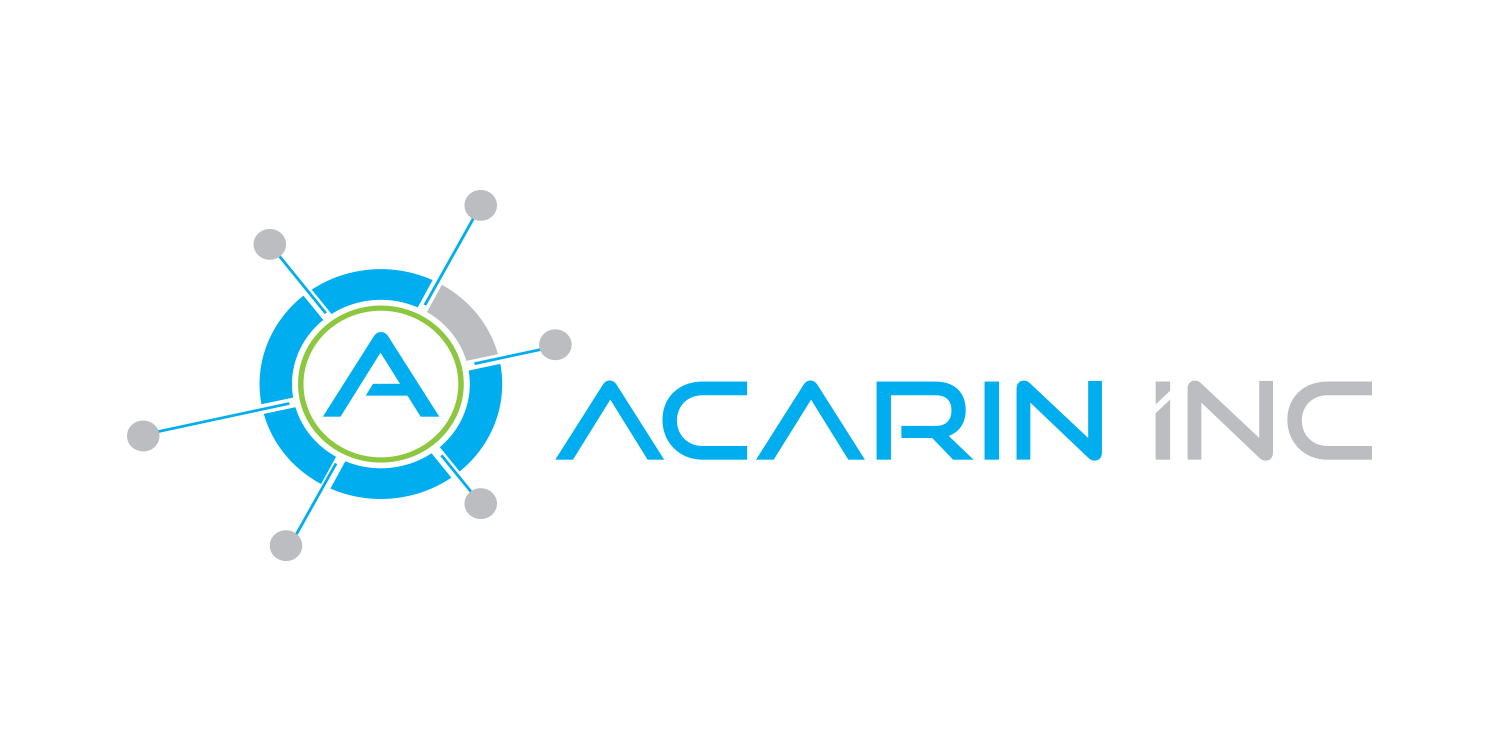- November 9, 2021
- Posted by: Acarin_user
- Category: Blog

Healthcare IT is a complex field that could give healthcare itself a run for its money. What is EHR? What do FHIR, GDPR and HIPAA stand for? Look for answers in our comprehensive glossary.
Accountable care organizations (ACOs) – Groups of healthcare specialists, centers and other providers who render high-quality care to their Medicare patients on a voluntary basis
Admission, discharge, and transfer (ADT) system – One of the four types of the hospital business system that tracks patients’ admissions, transfers, and discharges.
Ambulatory EHR systems – Software that is applied in outpatient care facilities and smaller practices allowing physicians to collect specific info about each patient and providing a full-fledged medical picture of their personal health records.
Apple HealthKit – A platform for maintaining data from health and fitness tools on iOS and making it available to Apple users via the company’s Health app. Patients can authorize sharing of the data with their healthcare providers, which in turn add it to EHRs.
Clinical Workflow – Refers to the steps that are performed in a clinical setting, such as an office visit or a patient admission. In the context of IT, staff will relate the workflow steps to functions in an electronic system, looking for ways to improve efficiencies and capture data correctly.
Computerized Provider Order Entry (CPOE) – A computer application that allows a physician’s orders for diagnostic and treatment services (such as medications, laboratory, and other tests) to be entered electronically instead of being recorded on order sheets or prescription pads.
Cognitive computing (CC) – The simulation of human thought process in a computerized model. CC is a branch of artificial intelligence that uses machine learning and natural language processing to reproduce the way the human brain works
Electronic Medical Record (EMR) – An electronic record of health-related information on an individual that can be created, gathered, managed, and consulted by authorized clinicians and staff within one health care organization.
Electronic Health Record (EHR) – An electronic record of health-related information on an individual that conforms to nationally recognized interoperability standards and that can be created, managed, and consulted by authorized clinicians and staff across more than one health care organization.
E-prescription – A computer-generated appointment created by a healthcare provider and sent directly to pharmacies to avoid paperwork, phone calls or possible fraud.
Fast Healthcare Interoperability Resources (FHIR) – A standard for electronic exchange of healthcare information. FHIR can be used in mobile apps, cloud communications, EHR-based data sharing and among institutional healthcare providers.
General Data Protection Regulation (GDPR) – The set of rules that requires private and public healthcare sectors to demonstrate they are protecting their patients’ data adequately. Applicable for companies in the EU or targeting EU citizens.
Google Fit – A health-tracking platform that collects data from multiple apps and Android devices. The tool uses sensors in a customer’s activity tracker or gadget to record physical fitness activities to provide a complete view of their vigor. Users can decide who accesses their fitness data as well as delete info at any time.
Health Information Exchange (HIE) – The electronic movement of health-related information among organizations according to nationally recognized standards. (verb)
Health Information Organization (HIO) – An organization that oversees and governs the exchange of health-related information among organizations according to nationally recognized standards. (noun)
Health information technology (HIT) – An IT field which involves development, use, and support of information systems for the healthcare industry.
HIPAA – The Health Insurance Portability and Accountability Act of 1996 provides oversight of how patient data is exchanged and protected. It also provides some insurance protection for people who change or lose jobs.
HL7 (Health Level Seven) – Health Level Seven is a messaging standard to govern the formatting, transmission, and display of clinical data in healthcare. Competing and complementary systems use the same standard to share clinical data using HL7.
Home monitoring – The use of technology to remotely monitor a patient’s medical history from their home to enhance their comfort.
International Classification of Diseases (ICD) – A system used by healthcare providers to categorize and code all diagnoses, symptoms, and procedures.
Medical practice management software (PMS) – A toolkit that is used to manage day-to-day operations of a medical practice, such as appointment scheduling, billing tasks performing and report generating.
Medical Scheduling Software – A solution for managing patient appointments and allocating medical staff.
Mobile health (mHealth) – The accessibility and exchange of clinical and patients’ information via mobile devices and apps.
Patient portals – A website that allows patients access personal health information and communicate with their healthcare providers online.
Personal Health Record (PHR) – An electronic record of health-related information on an individual that conforms to nationally recognized interoperability standards and that can be drawn from multiple sources while being managed, shared, and controlled by the individual.
Population health management (PHM) – A discipline that studies and facilitates medical assistance across the general population or a group of individuals.
Remote patient monitoring – Differs from home monitoring with a broader coverage area. The tools are applied to a patient anywhere and send alerts to a nurse station if their condition worsens, reducing the need for close personal monitoring.
Telehealth/Telemedicine – The adoption of telepresence or video conferencing to maintain medical consultations or treatments remotely.
Virtual visits – A model of healthcare services provision that is based on remote consultations through video or voice connection.

